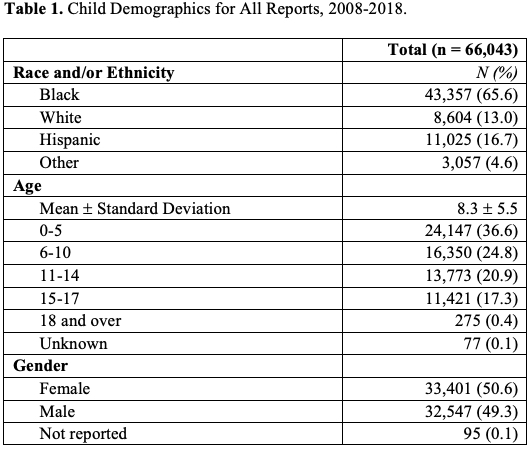Child Abuse & Neglect
Child Abuse & Neglect 1
592 - Association between Neighborhood Tree Canopy and Child Maltreatment
Publication Number: 592.103

Yuan He, MD, MPH, MSHP (she/her/hers)
Assistant Professor of Clinical Pediatrics
Children's Hospital of Philadelphia/University of Pennsylvania
Philadelphia, Pennsylvania, United States
Presenting Author(s)
Background: Child maltreatment and child welfare involvement negatively impact families, and disproportionately impact families of color. Neighborhood characteristics influence the risk of both child maltreatment reporting and substantiation through social organization and collective efficacy. Urban neighborhood greenspace (e.g. trees, parks) is associated with improved mental health and decreased community violence, however correlations between greenspace and child maltreatment have not been evaluated.
Objective:
To examine the association between greenspace and child welfare involvement at the census block level.
Design/Methods:
This is a secondary analysis of administrative data from the City of Philadelphia containing child maltreatment outcomes from 2008 to 2018. The presence and percentage of residential tree canopy cover was determined using a publicly available dataset. Multilevel logistic regression was used to determine associations between tree canopy and 3 child maltreatment outcomes (substantiated reports, cases accepted for child welfare services, and foster care placements), adjusting for census block sociodemographic information (child population, adult population, and race/ethnicity) and area deprivation index, a composite measure of 17 education, employment, housing, and poverty measures drawn from census and American Community Survey data at the census block group level. 13,336 census blocks were included, which had key exposure, covariate, and outcome data, and had a child population of at least 1.
Results:
Child demographics for the total 66,043 child maltreatment reports are described (Table 1). Blocks with less residential tree canopy were significantly more likely to have both substantiated reports and cases accepted for child welfare services. Compared to blocks with > 30% tree canopy, blocks with < 10% tree canopy had 1.46 times the odds of having a substantiated report (95% CI 1.25-1.71, p< .001) and 1.50 times the odds of having a case accepted for child welfare services (95% CI 1.28-1.76, p< .001) (Table 2). In the unadjusted analysis, blocks with < 10% tree canopy had 1.85 times the odds of having a foster care placement than blocks with > 30% tree canopy (1.63-2.09, p< .001), however the correlation was less strong and less consistent in the adjusted model.
Conclusion(s): In a large, diverse city, increased density of neighborhood tree canopy is associated with decreased risk of substantiated child maltreatment and cases accepted for child welfare services, suggesting that tree canopy cover and greenspace may confer protection against child maltreatment and/or child welfare involvement.
.jpg)
